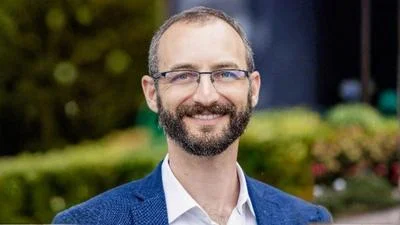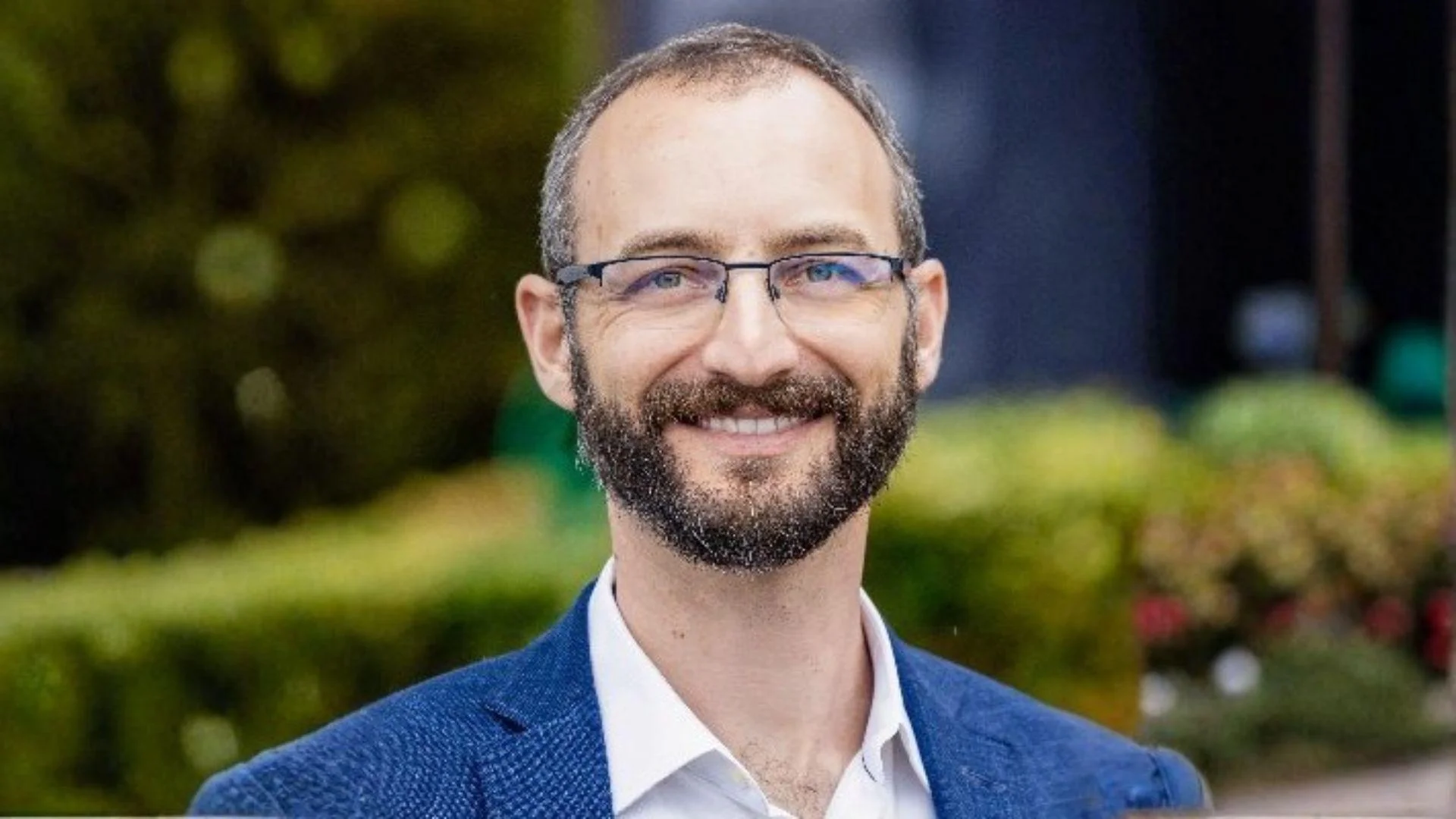Six months into the COVID-19 pandemic, pharmaceutical companies join forces to develop drugs and vaccines to eliminate the virus.
Thomas Cueni, director-general of the International Federation of Pharmaceutical Manufacturers and Associations (IFPMA) and secretary of the global Biopharmaceutical CEO Roundtable, published an article on June 4 stating that it will take all hands on deck to find a vaccine for the coronavirus.
“I think it is no understatement to say that the global biopharmaceutical industry has been at the forefront of efforts from day one. In the past months, rarely a day has gone by without an announcement of a pharma company joining the race to develop COVID-19 drugs and vaccines,” Cueni said in his article.
Cueni said the rapid response has been in part thanks to an innovative environment, where scientists are not having to start from scratch.
“We can repurpose treatments and build from existing vaccines technologies,” he said in the article. “The rapid mobilization of companies joining forces with others on multiple technologies to find successful vaccines is unheard of.”
To find a vaccine, companies are using various technologies: GSK is working with its pandemic adjuvant technology, Pfizer is using messenger RNA technology, AstraZeneca with the University of Oxford and Johnson & Johnson are building upon its experience developing an Ebola vaccine.
“I have never seen so many companies putting aside their normal and necessary competitive approaches and instead joining forces to share knowledge, technologies and resources to do all they can to hopefully find a safe vaccine in record time,” Cueni said in the article. “The notion of equitable, available and affordable access to a COVID-19 vaccine is at the heart of what we are doing. It’s not just one company committing to this, it's not just one university or public body – we are one team.”
Industry leaders held a global media briefing on May 28, which showcased this same sentiment, while discussing COVID-19 vaccines and ongoing preparations for increased production capacity to ensure supply and fair distribution is met.
“Even before we are sure to find a vaccine, we must look at how we can scale up manufacturing,” Cueni said in the article. “The good news is that companies are already now – without even knowing whether their respective vaccine will turn out to be effective – pulling out all the stops to see how they can help produce billions of vaccine doses.”
Cueni said that for everyone to receive a vaccine, 12 to 15 billion doses of a vaccine may be needed — less than half of this volume is produced by the five or six largest vaccine manufacturers in a year.
“It’s not just a matter of producing billions of doses of vaccines but you also need to produce billions of glass vials which contain the vaccine; and we will need to have the logistics in place to distribute them,” he said, according to the article. “Companies are already looking ahead to try and find solutions to potential bottlenecks. Given that availability of glass vials may be a bottleneck, one solution could be to have five or 10 doses in a vial rather than producing the usual single-dose vaccines.”
Scientists are facing challenges such as reliable outcomes from clinical trials and vaccines often require extreme temperatures for storage and shipping.
“Never before has there been so much hope placed in finding safe and effective vaccines,” Cueni said in the article. “The task at hand is larger than any attempted before and beyond the power of any single entity. Pharma is stepping up to the plate, working in totally unchartered territory, acknowledging the exceptional circumstances and the public health crisis of this pandemic.”
Cueni said the approach is not “business as usual,” but that scientists are using unheard-of approaches to respond to the coronavirus.
“We are confident that a vaccine will make it to the finish line and the race is clearly on: There are currently 10 vaccines in clinical trials and 123 candidate vaccines in pre-clinical evaluation,” Cueni said in his report. “This is amazing and we should acknowledge the tremendous efforts that scientists, both from the public and private sector, are undertaking at the moment to save millions of people from COVID-19.”











 Alerts Sign-up
Alerts Sign-up